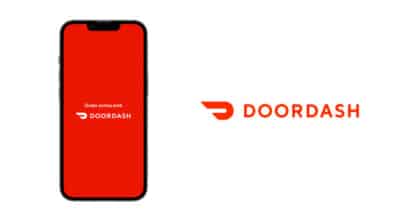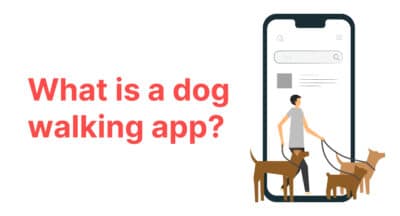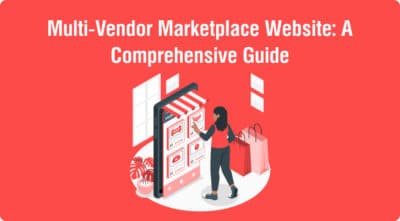How to Make a Website Like Etsy: Cost, Features, and More

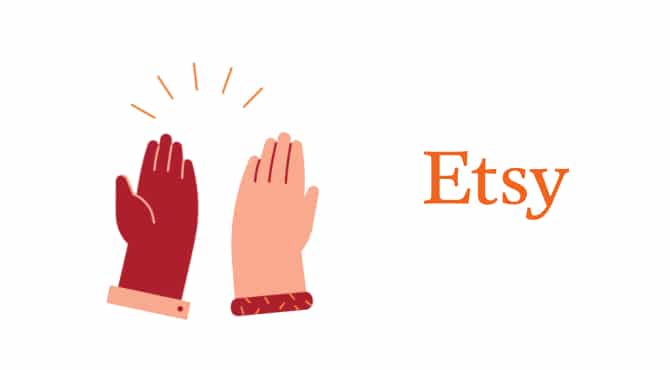
Thinking of making your own Etsy-like website? Etsy is a global online marketplace—or e-Commerce platform—-with a unique specialization on creative products: handmade jewelry, paintings, vintage clothing, and even custom furniture, among other unique goods.
Founded in 2005, Etsy has grown to be one of the largest online marketplaces globally. With its unique business model that has attracted crafters, artisans, and entrepreneurs all around the world, Etsy now has over 96 million active users in 2022, with over 5 million active sellers. This huge user base has helped Etsy generate over $ 2.5 billion of revenue in 2022 alone.
Starting a niche online marketplace can be a lucrative business for several reasons:
- Niche Focus: A huge factor in Etsy’s success is its niche focus on creative and vintage goods. You can also target another niche market to create a loyal customer base.
- Global Reach: An Etsy-like e-commerce platform is not limited by geographic boundaries. It’s possible for you to access a global market beyond what you may achieve in a physical store.
- High-Margin Products: Many goods sold on Etsy have high margins, allowing sellers to make good profits on each sale. This can help you attract more sellers to the platform.
- Diverse Revenue Streams: In operating a marketplace like Etsy, you can earn revenue through various channels, from commissions on sales, selling premium features, subscription plans, advertising, and more.
Read Related
In this article, we will delve deeper into how you can make a website like Etsy, including planning, development phases, and cost estimation, among other details.
Whether you are an aspiring entrepreneur or an existing business looking to expand into the niche e-commerce industry, we’ll provide insights that may be valuable for you.
How Much Will You Need to Start an Etsy-Like Platform?
The cost of developing an e-commerce website like Etsy can vary a lot, depending on a number of factors. Let’s break down these factors:
- Size and Complexity of the Platform: The larger and the more complex the platform is, naturally, the higher the cost will be. A larger website will require more development time, more resources, and, consequently, a higher budget.
- Features Included: Some features, such as complex shipping integration or custom payment processing, can be more expensive to develop.
- Technology Stack: The choice of technology stack used in the development process (programming languages, frameworks, database tools, etc.) can impact the overall development cost. Some technologies may be more expensive than others.
- Design and UX: Creating high-quality and user-friendly design may require you to hire/outsource to professional designers, which may add to the overall costs.
- Development Team: A more experienced and/or reputable development team may charge higher rates. Also the location of the development team may also impact the cost.
With these factors in mind, the average cost of developing an Etsy-like platform can vary significantly, ranging from below $50,000 to more than $500,000. Here is a breakdown of the cost of developing the Etsy-like website.
- UI/UX Design: 10-15% of the budget is typically allocated to web design, which includes creating a visually appealing user interface and ensuring a seamless user experience.
- Front-End Development: 15-20% of the budget is dedicated to front-end development, which involves translating the design into interactive web pages.
- Back-End Development: The heart of your platform, back-end development, can consume 30-40% of the budget. It includes database setup, server-side logic, and more.
- Database Setup: Setting up and maintaining a database can cost 10-15% of the budget, depending on the complexity of data storage and retrieval.
- Third-Party Integrations: Integrating payment gateways, social logins, and other services can make up 10-15% of the budget, considering licensing fees and development efforts.
- Quality Assurance and Testing: 10-15% of the budget should be allocated to testing the website to ensure the platform functions smoothly and securely.
- Infrastructure and Hosting: Depending on your hosting choices, infrastructure costs may range from 5-10% of the budget.

Here are some strategies to lower the overall costs and save money during the development of your e-commerce website:
1. Prioritize Features
You don’t need all those fancy and advanced features. Launch the platform with bare-bones essential features as an MVP (Minimum Viable Product), then add more features as your website grows.
2. Open Source Solutions
Consider using open-source technology stacks to reduce licensing fees whenever possible.
3. Agile Development Approach
Adopt agile development strategies to minimize the possibility of scope creep and lower development costs.
4. Hosting Optimization
Invest in scalable hosting services so you can prevent overinvestment in server resources early on, and expand your plan as your platform grows to match your current needs.
5. Avoid Unnecessary Customization
Assess your needs carefully. While customization can be beneficial, don’t overcomplicate the e-commerce platform with unnecessary features that can increase the development budget.
Features of an e-Commerce Platform Like EtsyThe features of an Etsy-like platform will literally make or break its success. You’ll need a robust set of features that meet the needs of both the sellers and customers in the platform, and yet you don’t want to include too many features that can inflate the development cost.
This is why careful planning is needed, and in this section, we will explore your available options.
Must-Have Features
While the specific needs of different platforms may vary, all e-commerce platforms will need the following features:
1. Secure-Payment Processing
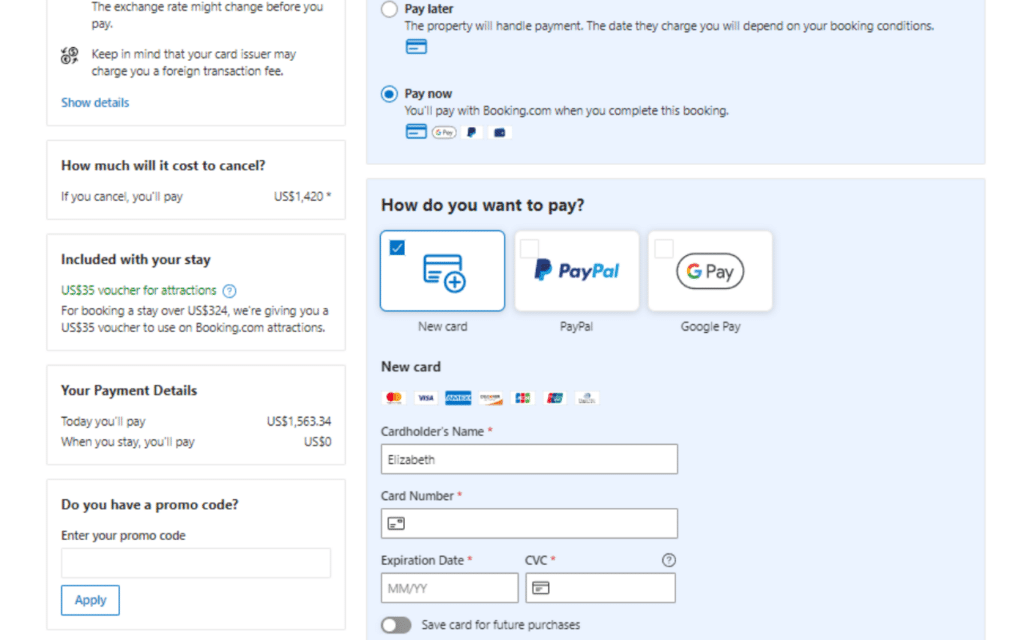
Enabling secure but seamless transactions is a must, or else your users will quickly lose trust. Integrate various payment gateways to provide options.
2. Seamless Checkout System
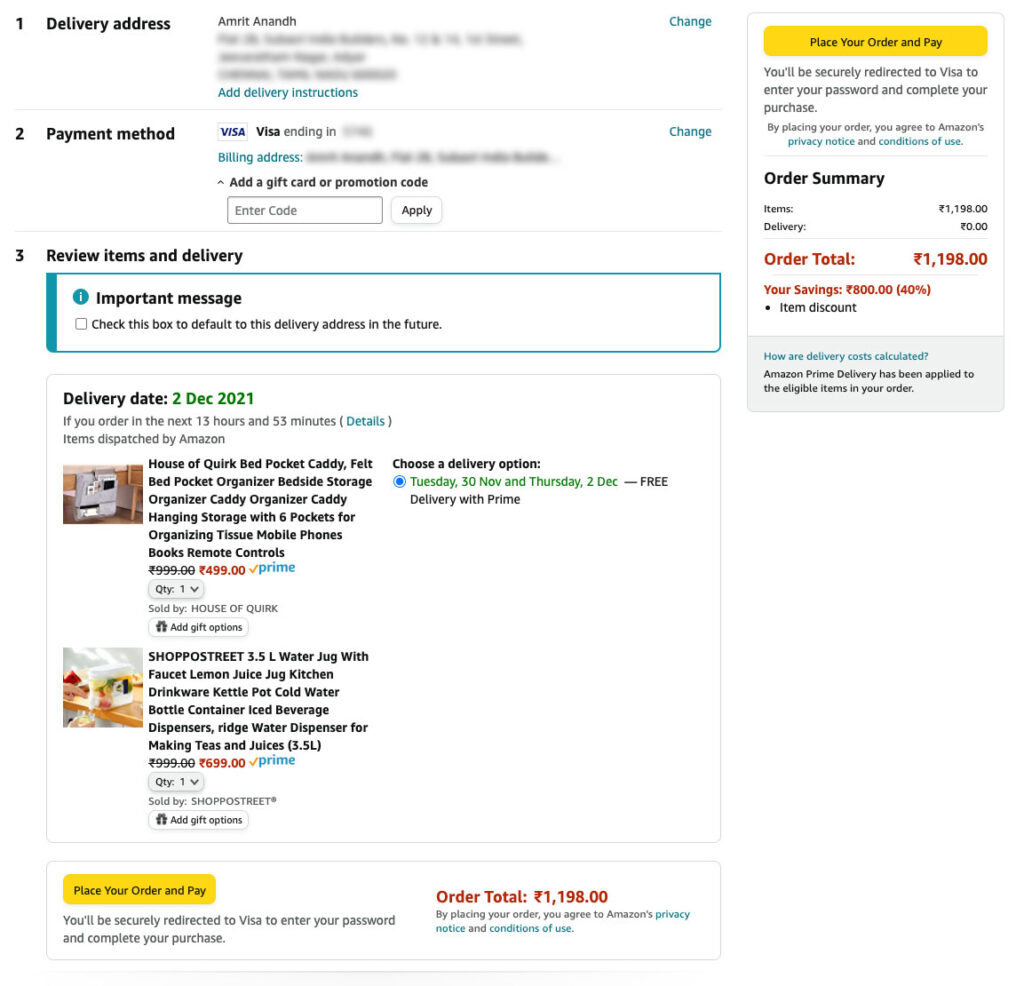
Integrate smooth shopping cart management with order history, customizable shipping options, etc.
3. User Registration and Profiles

User-friendly registration and profile customization for both sellers and buyers. Enable social account login integration for easier access, and facilitate profile customizations.
4. User Reviews and Ratings
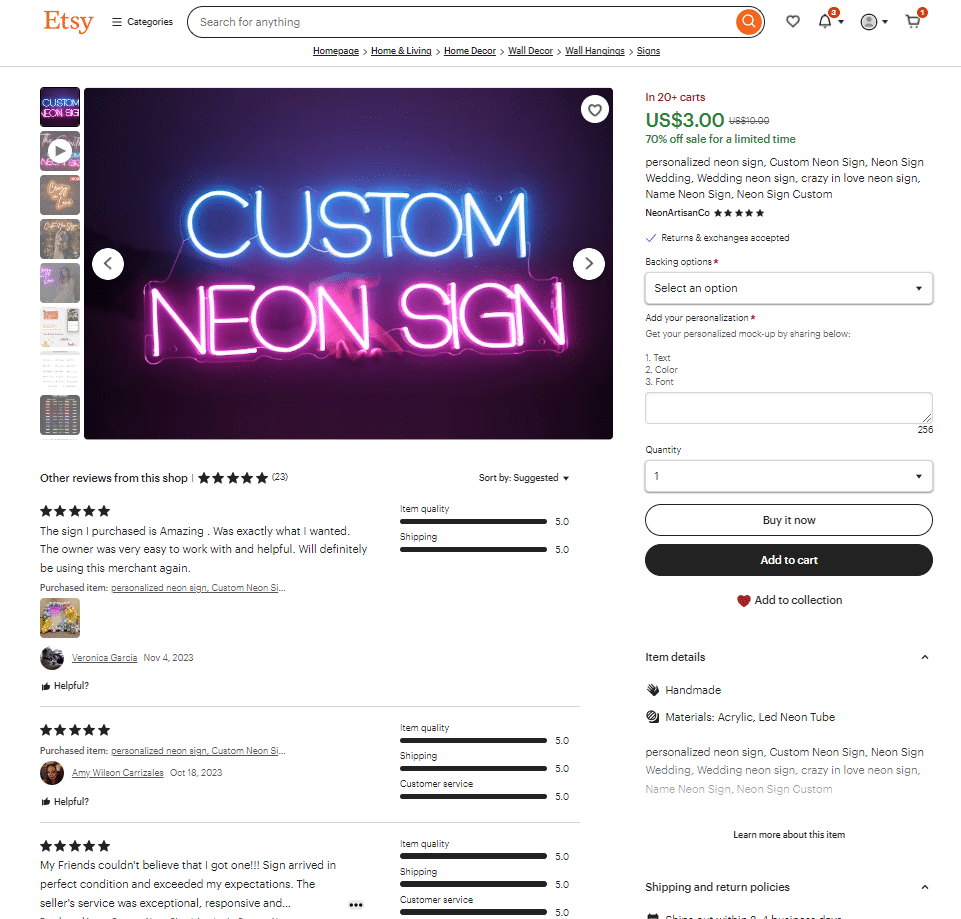
It’s critical to enable user-generated reviews and a reliable rating system to maintain the transparency and credibility of your platform.
5. Mobile Responsiveness
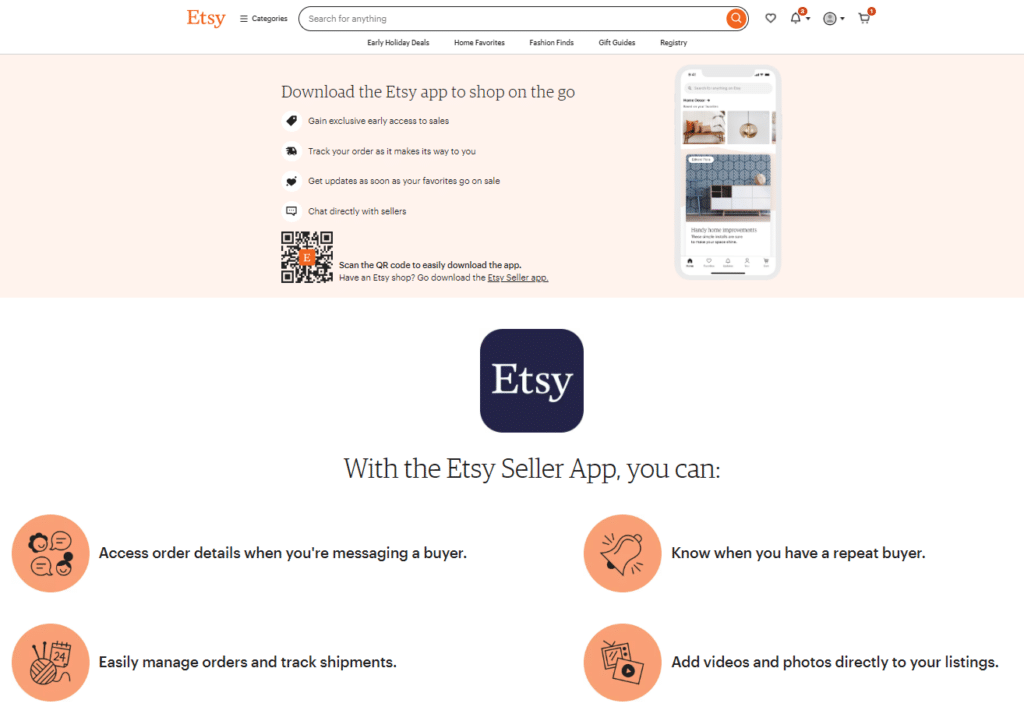
More and more users are exclusively using their mobile devices to browse and shop online. Adopt a mobile-responsive design and ensure your website is accessible on mobile devices with various screen sizes.
6. Search and Filtering Function
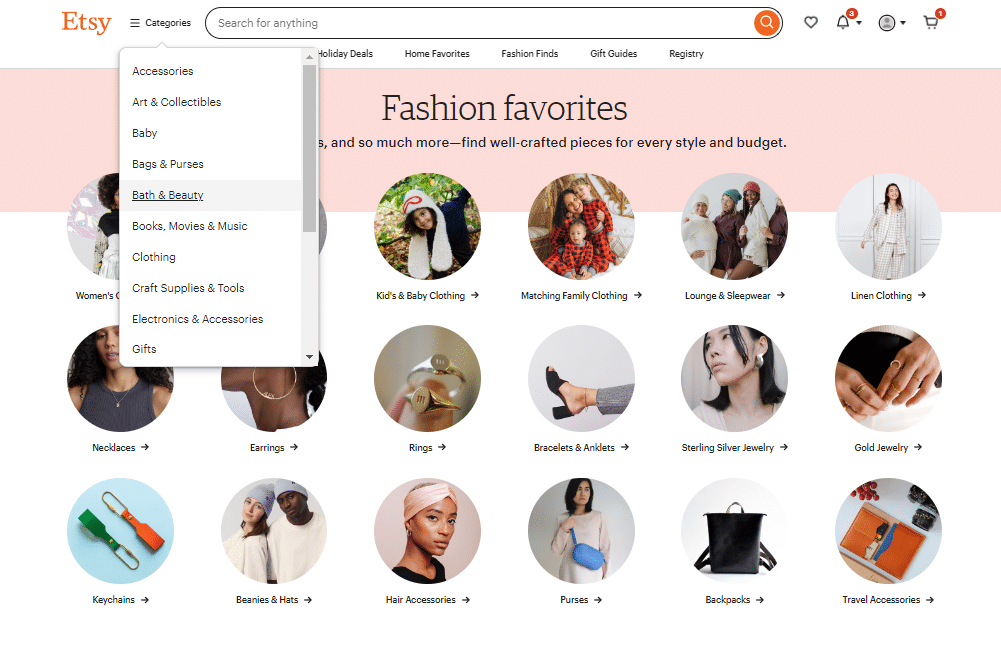
Fast and reliable search and filtering options so users can easily find what they are looking for.
7. Seller Tools
Tools for sellers to add/update their listed products, track sales, communicate with potential buyers, etc. Provide the option for adding detailed product descriptions with images, pricing, discount options, and categorization/tagging.
8. Analytics and Reporting
Analytics and reporting tools so sellers can gain insights into sales performance and buyers’ behavior.
9. Customer Support
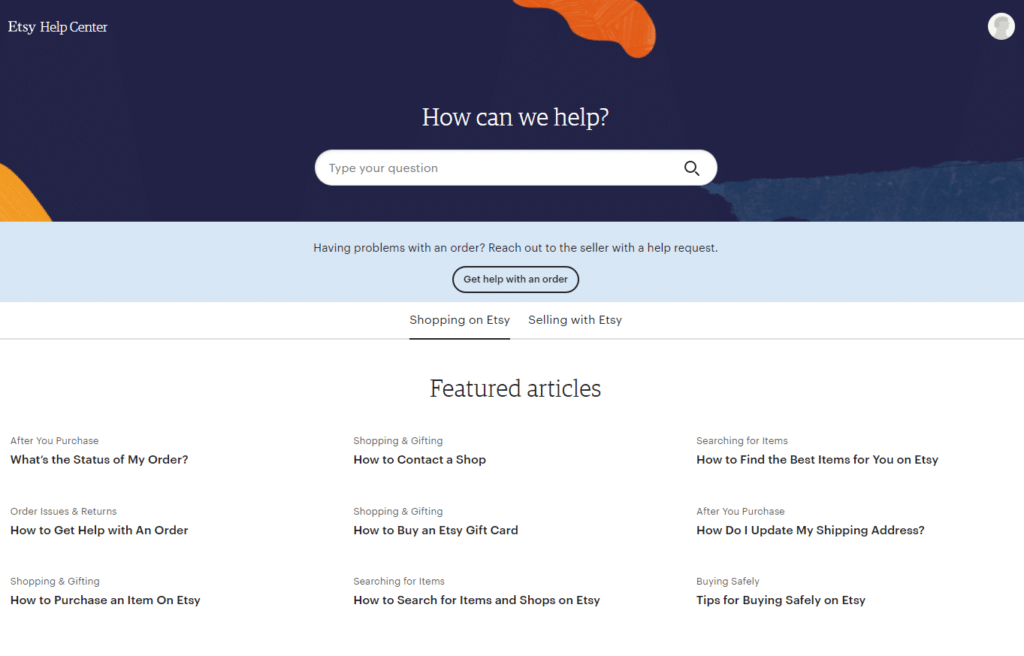
Ideally 24/7 and responsive customer support to address concerns, inquiries, and help with technical issues.
10. Security
Security infrastructure and data protection measures.
11. Messaging and Notifications
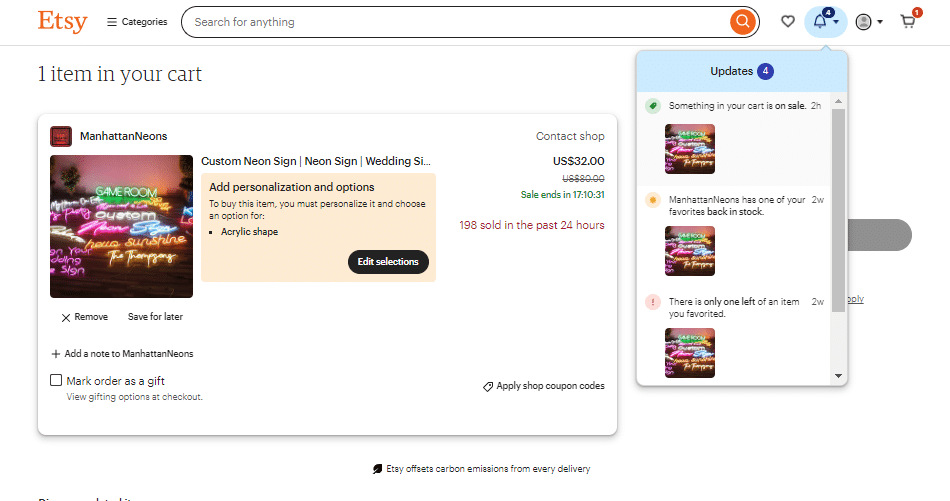
In-app messaging system to facilitate communication between buyers and sellers. Email notifications for orders and updates.
Optional Features
In addition to the core must-have features above, you can also include a variety of optional features, including:
- Advanced AI-powered Search and Recommendations: You can implement AI-driven search and suggestion/recommendation algorithms, for example, to facilitate personalized recommendations for different users.
- Virtual Currency and Wallet: You can create and integrate a virtual currency system and/or digital wallet to facilitate easy transactions and secure payments.
- Featured Listings: Allowing sellers to promote their products through featured/sponsored listings that will be highlighted in search results or on the platform’s homepage. This can be an additional source of revenue.
- Auction or Bidding System: You can add an auction system, allowing buyers to place bids on unique products, high-demand goods, or collectible items.
- Advanced Customization and Branding: Enable sellers to brand their shops with custom logos, colors, banners, etc. This can be another source of revenue, and you can also offer customizable shop templates.
- Affiliate and Referral Programs: You can implement an affiliate/referral program to encourage referrals with a commission or reward-based system.
- Multi-Language Support: Offering support for various languages to reach a global audience.
This is not an exhaustive list, and you can definitely experiment by mixing and matching more optional features on your e-commerce platform. What’s important is to remember that adding more features will add complexity, which may compromise ease of use and increase the overall development cost. Finding the right balance is critical to ensure success.
Building a Website like Etsy: Step-by-StepBuilding an e-commerce platform like Etsy can be a complex, multifaceted process that involves a number of critical phases. Below, we will discuss these different phases.
Phase 1: Planning and Conceptualization

The first and critical phase in building an Etsy-like platform is conceptualization and planning, setting the direction of the platform while preparing yourself to navigate the potentially difficult development journey ahead.
This phase could be divided into several different steps:
- Market research and analysis
- Deciding on a business model and strategy
- Feature specification
- Budgeting and financing
- Creating a business plan
Let’s discuss them one by one:
Market Research and Analysis
- Defining a Niche: Your niche is your platform’s specialization area: what kinds of products or services will be sold on your platform? A well-defined niche can significantly help you in designing your platform and planning marketing strategies.
- Identifying Target Audience: Once you’ve decided on a niche, you can pinpoint the specific group of target audience this platform will cater to. In the case of Etsy, the niche is creative/handmade goods, and the target audience is artisans, vintage collectors, and crafters.
- Competitive Analysis: Identify the existing competitors in your chosen niche. What are their strengths and weaknesses? What features do they offer? What can you imitate from them? What opportunities are there?
- Market Trends Analysis: Stay updated on the latest trends in your niche. Are there product categories that are becoming popular in recent times? Are there shifting consumer preferences that you can address?
- Demand Validation: Determine whether there’s enough actual demand in your chosen niche. To do so, you can run surveys, interview potential customers, and engage in social media conversations to gauge potential interests.
Business Model and Strategy
- Decide on a Revenue Model: Decide how you’ll generate income. Common models include charging commission fees on sales, paid plan subscription fees, and advertising revenue. Make sure your revenue model is properly aligned with your niche and target audience.
- Define Unique Selling Proposition (USP): USP (or USPs) is what sets your Etsy-like website apart from the competition. It could be an exceptional quality of products, unique products/services listing, specific features, excellent user experience, and others. Make sure to communicate your USP in a clear, compelling, and concise manner.
Feature Specification
- List the Features You Want to Include: Build a comprehensive list of features that you want to include in your platform. Refer to the list of must-have and optional features we have covered above. Detail the user flow and functionality for each feature.
- Prioritize Features: Once you’ve built your list of features, identify which features are must-haves in your platform’s initial launch and what can be added later. Prioritize features that will create the most value for your target audience.
Budgeting and Financing
- Budgeting: Create a detailed budget covering development costs, operational overhead, maintenance costs, marketing expenses, and contingencies. Ensure your budget aligns with your business’s funding capacity and revenue projections.
- Financing options: Decide on how you will fund your project. Will it be self-funding? Seek outside investors? Venture capital? Bank loans? Explore your options and choose the best possible one for starting your business.
Creating a Business Plan
Based on all the details you’ve identified above, create a well-structured business plan that outlines your Etsy-like platform’s goals/objectives, financial projections, marketing strategy, and a timeline for development, testing, and launch.
A business plan will be especially useful for securing potential investors or loans, but even if you plan to self-fund the business, it can still function as a very useful roadmap for success.
Phase 2: Design and User Experience
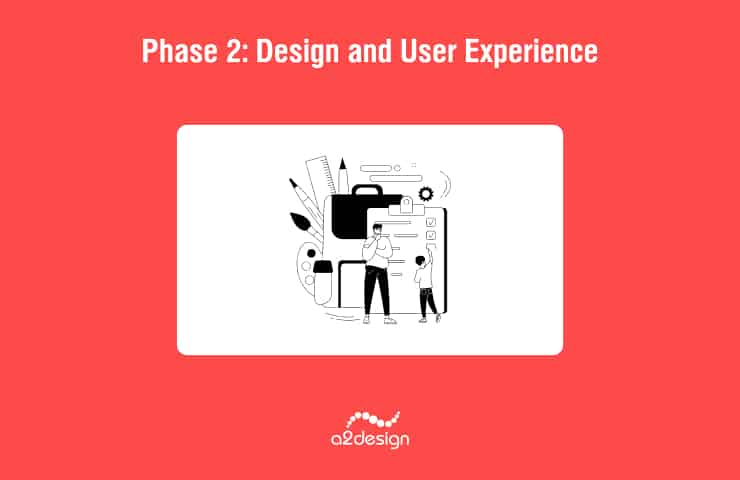
In this phase, we will shape a visually appealing and user-friendly interface for the e-commerce platform.
We will also divide this phase into several aspects:
- User personas and journey mapping
- Information architecture
- Wireframing and prototyping
- Visual design
Let’s explore each of them
User Personas and Journey Mapping
A user persona is a data-driven, semi-fictional model of your ideal users. Developing comprehensive user personas allows you to gain a deep understanding of your target audience’s needs, behaviors, and preferences. These insights will be very valuable for informing your design decisions.
Once you’ve developed your user persona(s), the next step you should do is to map the possible paths these users take when interacting with your platform. Clearly describe the steps these users typically go through, from initial registration to making a purchase to making a repeat purchase.
A journey map can help you identify your users’ pain points, bottlenecks, and opportunities for improvement.
Information Architecture
Based on the journey map, define the website’s structure by determining how different sections and pages will be organized. Define how the users will navigate your website and organize the menu, categories, and subcategories in a way that ensures easy access to the site’s content
It’s best to create a sitemap to ensure optimal content organization. A sitemap is a visual representation of the website’s structure, showing the hierarchy of pages and their relationships. A well-structured sitemap can significantly help streamline your user’s experience with the platform and can help Google (or the other search engines) index your website more accurately.
Wireframing and Prototyping
A wireframe is a skeletal outline of the website’s pages, outlining the placement of elements. Prototypes are interactive representations of how the website will function.
Creating wireframes and prototypes will allow you to better visualize your website’s layout, navigation, and functionality.
You can then share your wireframes and prototypes with potential users and internal/external stakeholders to collect their feedback. Use their feedback to adjust and refine your design, and repeat if necessary. This iterative approach will ensure that your website’s design aligns with your target audience’s expectations and objectives.
Visual Design
Now you are almost ready for the design execution; only a few details left:
- Color Scheme: Choose a color scheme that aligns with your brand’s identity and appeals to your target users.
- Typography: Don’t underestimate typography’s role in your website’s visual aesthetics. Choose fonts that reflect your brand’s personality and your target audience’s preferences.
- Ensure Consistency: Every element in your visual design should remain consistent with your brand’s identity. Incorporate your business’s logo, color schemes, and visual elements throughout the website.
Phase 3: Development
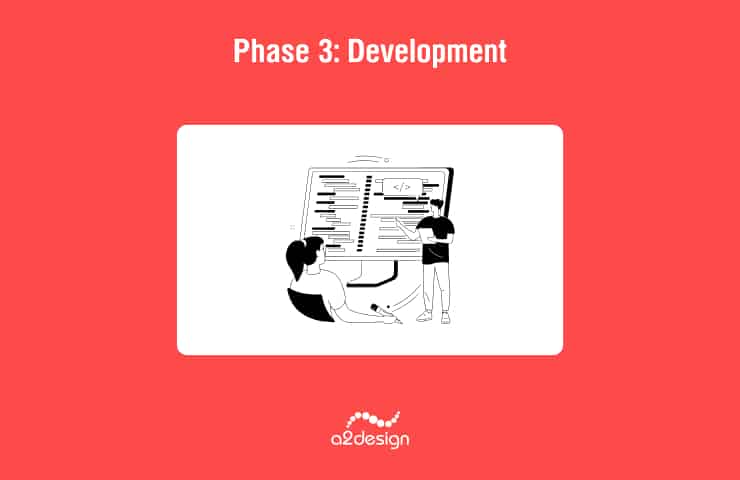
This phase is where you actually develop the Etsy-like website so it can take shape as a functional website and/or app. The development phase involves a combination of back-end and front-end stages, as well as the integration of various third-party solutions and services.
Here are the key components of the development phase:
Technology Stack Selection
Select the right technology stack based on factors like data security, reliability, scalability, the availability of skilled developers experienced with the technology, and your project’s requirements as a whole.
Some popular technology stack options for developing an e-commerce website include:
- Programming Languages: Python, Java, PHP, Ruby on Rails
- Web Frameworks: Django, Laravel, Ruby on Rails
- Front-End Frameworks: React, Angular, Vue.js
Back-End Development
Once you’ve chosen your technology stack, you can start developing the back end of your website:
- Server: Establish the server architecture that will host your website. Choose a reliable hosting provider and configure server resources to handle expected traffic.
- Database: Set up the database structure to store user data, product information, and other essential content.
- Infrastructure: Ensure the infrastructure is robust, secure, and scalable for future growth.
- Core Features: Develop core features such as user registration, login, and authentication systems. This includes securing user data and passwords.
- Product Management: Implement product management functionality that allows sellers to create, edit, and manage their product listings. Ensure the database can handle a large volume of products.
Front-End Development
The next stage is the front-end development of the website.
In this stage, we take the visual design concept created in the previous phase and turn it into an actual, functional, and interactive web page.
We can use front-end frameworks such as React, Vue.js, or Angular or programming languages like HTML, JavaScript, and CSS to build the user interface.
Make sure to adopt a responsive design for various devices with varying screen sizes (including smartphones and tablets.
Third-Party Integrations
Optional, but you can integrate with various third-party solutions to enhance your e-commerce platform’s functionality and features. Some options:
- Integrate payment gateways to enable secure transactions. Popular options include PayPal, Stripe, and others.
- Implement social login functionality to allow users to register or log in with their existing social media accounts.
- Integrate other services, such as email providers for notifications, analytics tools for monitoring, and third-party APIs for data exchange with external platforms.
Ready to Create Your Webiste Like Etsy?
Contact UsPhase 4: Testing and Quality Assurance
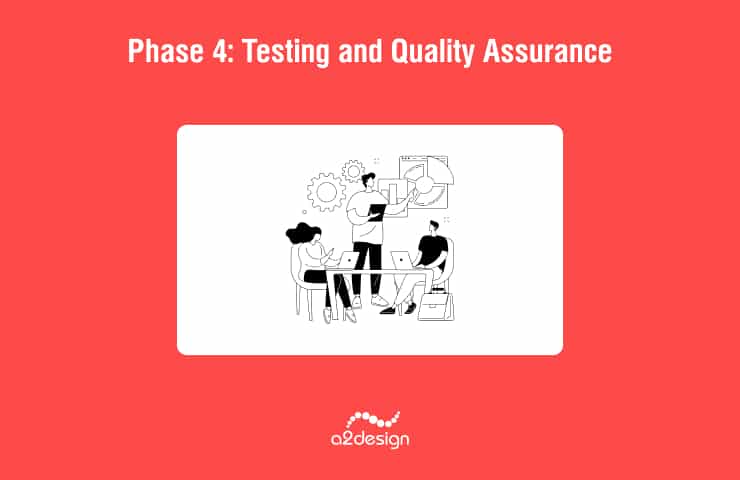
Now that we’ve finished the design and development phases, we move on to the testing and quality assurance phase before the website can be deployed. In this phase, we perform various forms of tests, including:
- Unit Testing: Test individual components and modules for functionality.
- Integration Testing: Verify that different parts of the system work together as expected.
- Functional Testing: Test features and functionalities according to specifications.
- Security Testing: Conduct security audits and penetration testing to identify vulnerabilities.
- Usability Testing: Have real users provide feedback on the user experience.
Phase 5: Launch and Deployment
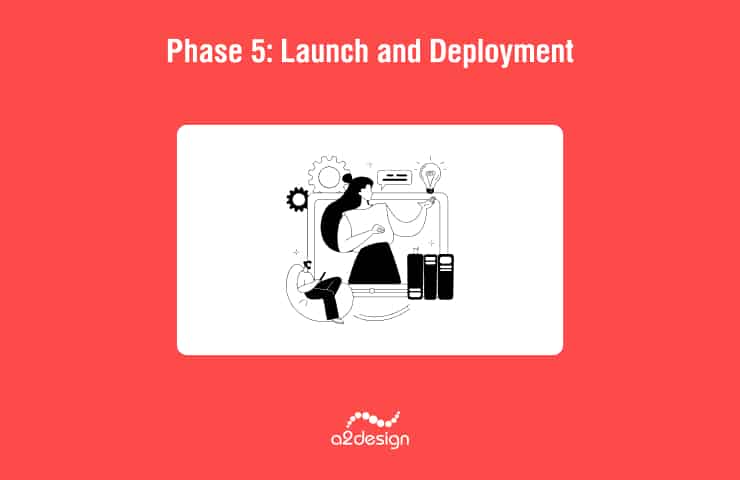
Now that your Etsy-like website has been fully developed and tested, it’s time to finally launch it.
This phase is about doing the polishing steps to ensure a smooth launch, including:
1. 1. Choosing a Hosting Provider and Configure the Server:
To start, you need to select a reliable hosting provider that meets the technical requirements of your website. Factors to consider include server resources, security features, and support. Once you have identified a hosting provider, configure the server settings to optimize performance, security, and scalability. Ensure the server can handle the expected traffic and load to provide your users with a seamless experience.
2. Domain Name Registration:
Your domain name is your digital address and a key part of your brand identity. Therefore, it is crucial to select a name that aligns with your brand, niche, and the essence of your platform. Ensure the domain name is easy to remember and type to avoid deterring users. After selecting a domain name, set up DNS records for proper domain management. DNS records specify how domain names connect to web servers, so configure your DNS settings to point to your hosting provider. Set up necessary records, such as A records for your website, MX records for email, and CNAME records for subdomains.
3. Data Migration:
If you developed your website in a staging or development environment, transfer all data, including user accounts, product listings, and content, to the live site. Ensure data integrity and accuracy during the migration process to avoid issues upon launch.
4. Soft Launch and Testing:
Before the full-scale launch, conduct a soft launch with a limited audience. This allows you to identify any potential issues, bugs, or performance bottlenecks. Encourage feedback from early users to address any issues promptly.
5. Full Launch:
Once you have addressed any issues discovered during the soft launch and ensured that the platform is ready for a broader audience, announce the official launch. Use various marketing channels to generate excitement and attract users to your website.
6. Plan for Scaling:
As your website gains users and traffic, be prepared for scaling. Monitor server performance, response times, and user activity. Have a plan in place to accommodate increased demand, whether through additional server resources or infrastructure improvements.
Following the above steps will ensure a smooth web hosting setup that aligns with your brand and meets the needs of your users.
Read Related
A2 Design is an experienced full-cycle web and mobile application development company with clients from all around the world. Our team has over a decade of experience in developing custom applications across various industries, including e-Commerce businesses.
AlmoNature is an Italian pet food and supplies e-Commerce website we’ve built. It has two sections: one for the company’s values, ideals, and products; the other for its inventory of goods.
Despite being an Italian brand, the company’s online shop is multilingual: each page presents 5 language options.
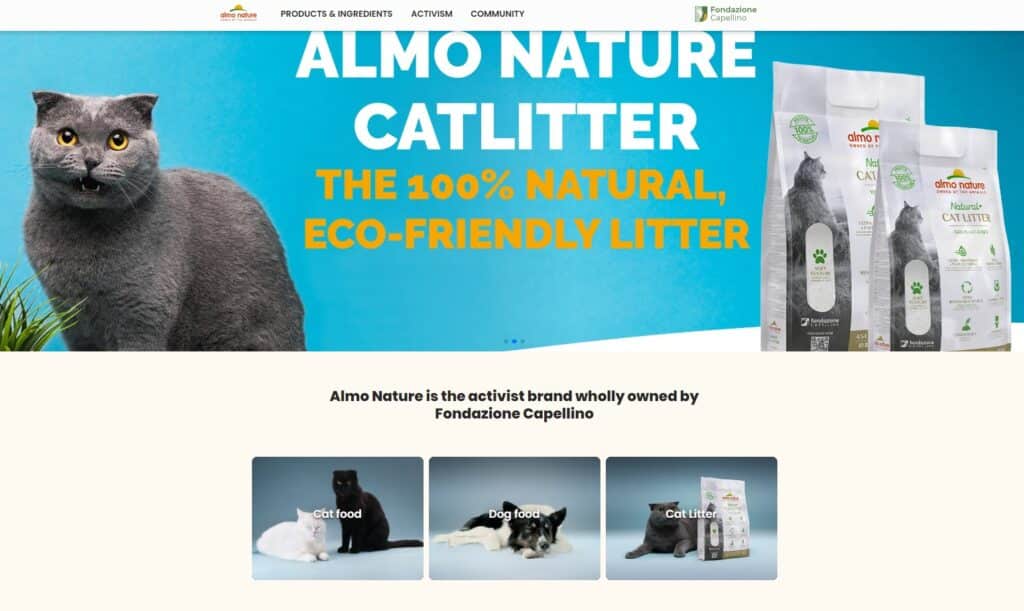
A2 Design has successfully delivered tailored solutions for previous clients in the e-Commerce industry and offers an array of advantages:
- Experience: over 10 years of experience in developing web and mobile applications, including e-Commerce websites and mobile apps.
- Team of Experts: Our team of experienced developers is proficient in the latest technologies and best practices for developing e-Commerce platforms.
- Custom and Scalable Solutions: We design and develop custom e-commerce platforms tailored to your specific needs and business goals. Our solutions are scalable so that your platform can grow with your business.
- Ongoing Support: We offer ongoing support for your e-Commerce platform to ensure its smooth operation and continuous improvement. Our team will help you with any problems that you may encounter and keep your platform up-to-date with the latest features and security patches.
- Cost-Effectiveness: We offer competitive pricing and flexible payment terms. We can help you to get the most out of your budget.
If you are seeking a full-cycle web and mobile application development company with experience in creating e-Commerce platforms, A2 Design is the ideal partner for you. Our comprehensive services encompass everything from planning and design to development and deployment. We are dedicated to helping you establish a thriving e-commerce business that aligns with your specific requirements.
Contact us today to learn more about how we can help you build your own e-commerce platform right away.

- How to Create a Multi-Vendor Marketplace Website: A Comprehensive Guide
- How to Build Online Marketplace MVP?
- How to Build a Website Like eBay: A Complete Development Guide
- How to Build a Job Search Website Like Glassdoor
- How to Build a Real Estate Website Like Zillow
- How to Build a Website like Turo: Tips, Features, Costs
- How to Make a Website Like Airbnb

